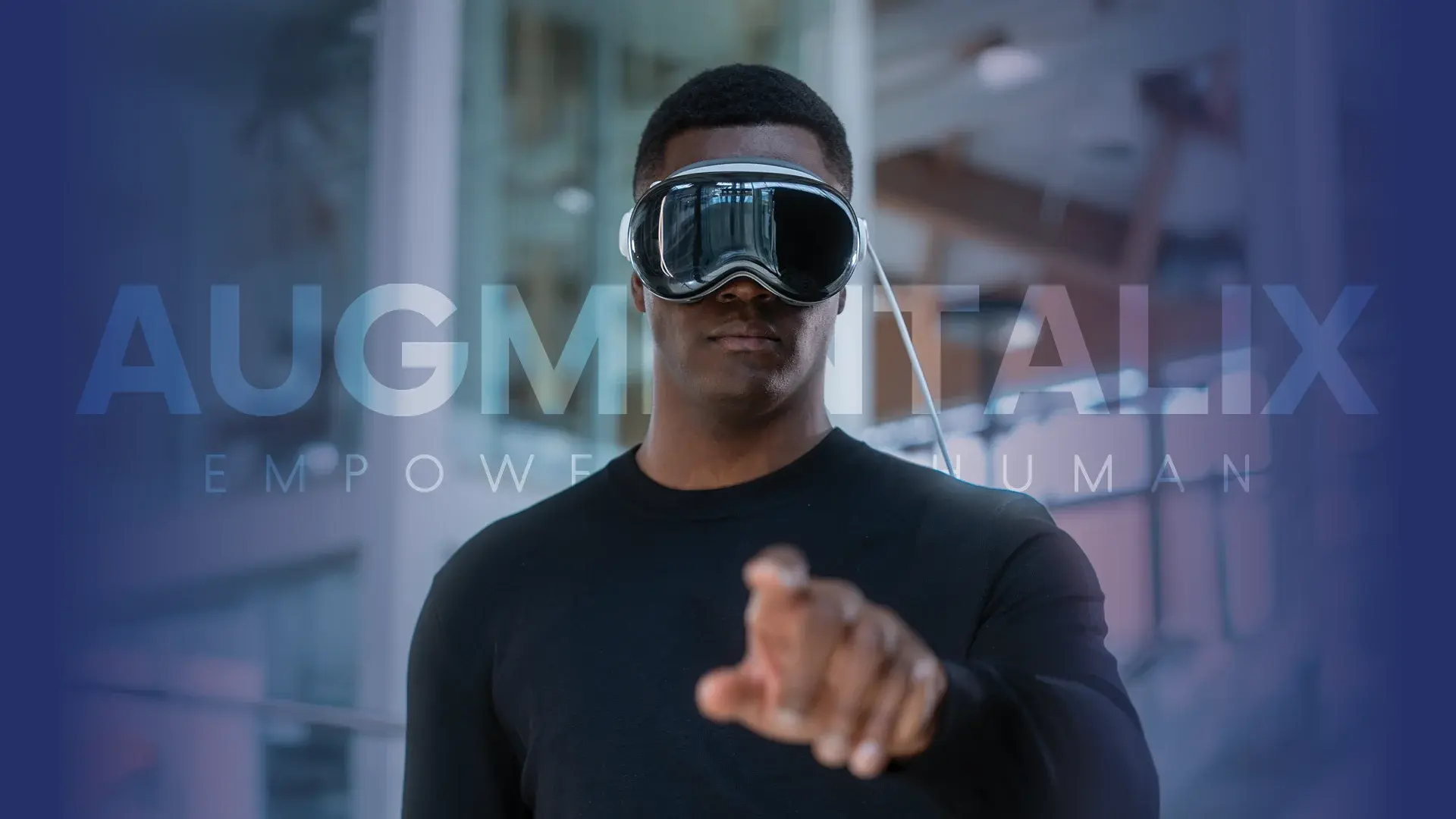Pave the Way for Next-Generation Edge Computing
The PLEDGER project of the EU (Ref.871536) takes Edge Computing to an advanced level, where stability and performance efficiency are a given. Hololight is proud to be part of such a dynamic collaboration: an interplay of leading research institutions, industrial stakeholders and SME’s.
Every fourth machine in German production halls is smart according to a recent study of Bitkom. All these IoT devices as well as the arrival of future technology such as AR entail huge amounts of data. Edge Computing architecture is made for meeting this challenge: Machine adjacent edge servers enable the fast and safe transfer of data packages.
Nevertheless, when it comes to stability and performance efficiency, edge computing architecture lags behind cloud infrastructures. How to combine the benefits of low latencies and safety on the edge with the robustness and resilience of cloud infrastructures?
Bringing Together Innovative Companies and Leading Research
In order to meet this challenge, the EU project PLEDGER sets up the next generation of Edge Computing. PLEDGER is funded by the European Union’s Horizon 2020 research and innovation program. Started in December 2019, the project has a time duration of 36 months and brings together 9 leading European research/academic institutions, industrial stakeholders and SMEs from 7 different countries.
Hololight is one of the 9 partners and supports the project with its technology expertise in Augmented Reality. “Edge Computing is a very relevant topic for us. With Interactive Streaming for Augmented Reality (Hololight Stream), we visualize very data-intense content via local or cloud processing power. A robust and resilient Edge Computing architecture lifts up the AR experience,” says Filippo Leddi, Business Development, Hololight.
Mixed Reality Applications on the Edge
Hololight leads the PLEDGER use case “Mixed Reality Applications on the Edge”. The use case focuses on fast prototyping and on manufacturing such as factory planning. FILL, an internationally active special machine and plant construction company, provides the industrial environment for the pilot run.
The goal of the use case is to enhance the capabilities of the AR/VR/MR solutions by integrating machine data into Mixed Reality (MR) interfaces and optimizing them via edge computing technology. To provide high level services in industrial environments, load allocation as well as optimization tools are decisive.
The Benefits for Edge Computing Providers and Adopters
Stability and Performance efficiency can be reached by modelling the groupings of concurrently running services, runtime analysis and adaption. This will help Edge Computing providers to gain a competitive advantage. The PLEDGER project also supports adopters to understand the computational nature of their applications. Furthermore they are enabled to investigate abstracted and understandable Quality of Service (QoS) metrics, facilitate trust and smart contracting over their infrastructures and identify how they can balance their cost and performance to optimize their competitiveness and monitor their Service Level Agreements (SLAs).
Learn more about the project on the PLEDGER website:

Augmentalix Joins Hololight as Official Reseller for the French Market
Ismaning, Germany – October 14, 2025–Hololight, the leading specialist in XR streaming technology and AR/VR software for the enterprise market,...
 Sandro Sailer
Sandro Sailer

